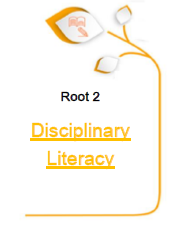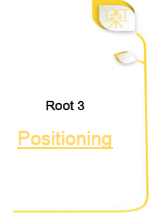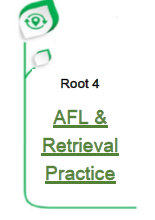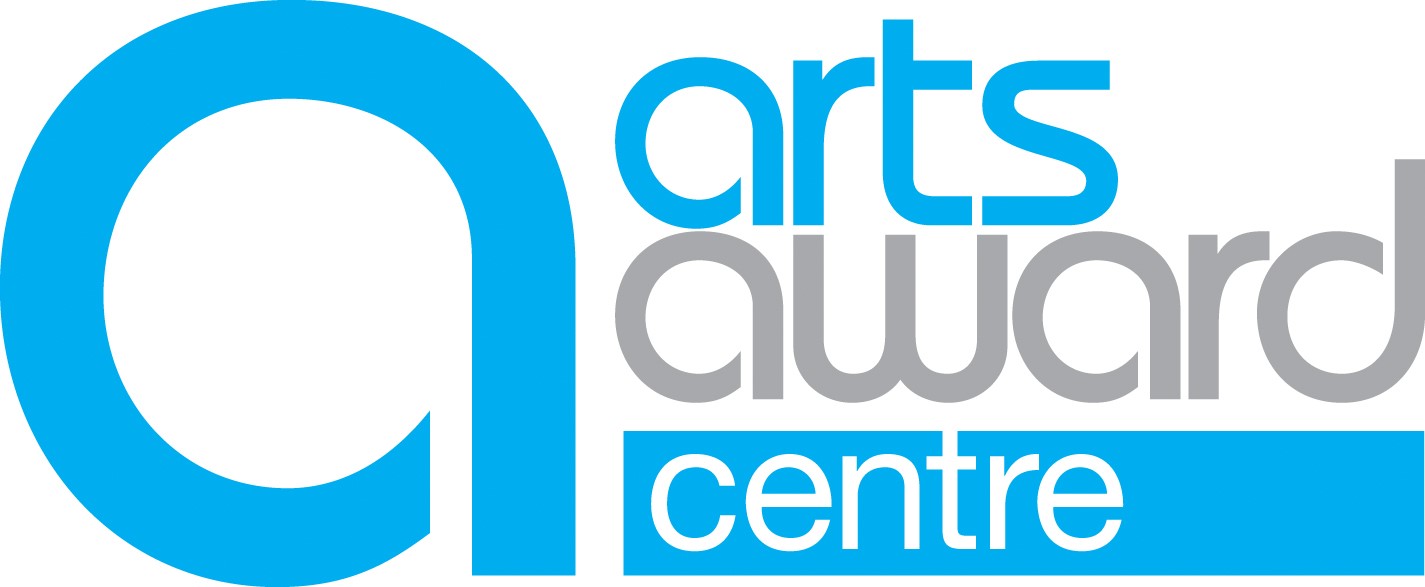One of the principles of our curriculum vision is that our curriculum will be driven by the most up-to-date research and pedagogical thinking. This is the case for our curriculum design but also our curriculum implementation (teaching & learning).
Our teaching & learning policy is based around our ‘ICC Six Roots of Learning’. These are six areas of classroom practice that, based on recent research and our school context, will have the greatest impact on maintaining the highest standard of teaching and learning, and, help us to realise our wider curriculum vision. Subject teams are encouraged to use recent literature, research views, blog posts, etc to implement classroom strategies in these six areas. Successful strategies and general good practice are then shared across departmental teams and the wider teaching body. Detailed information on each of the ICC Six Roots of Learning are below:
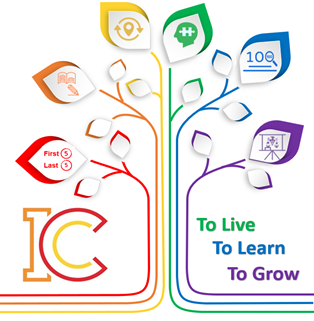
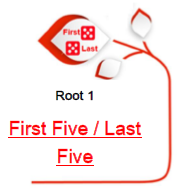
At ICC we expect students to enter a classroom in silence. Teachers will have established a consistent set of routines that facilitate students entering the classroom, settling into their seat, gathering their lesson materials and beginning their ‘starter’ or ‘Do Now’ activity immediately, all without the need to ask questions or participate
in low-level disruption. Appropriate use of the ICC rewards and sanction procedure supports the building of this culture where silence is the ‘default’ approach taken by students unless directed otherwise. Similar routines to support a positive end to a lesson should be a regular part of planning process. Teachers build positive relationships with students to establish a dominant yet co-operative persona that promotes effective learning through clear boundaries and a ‘safe-space’ classroom environment.
Suggested further reading:
- ‘Golden Silence’ – A Chemical Orthodoxy (Boxer, 2021)
- Dimension 3: Maximizing Opportunity to Learn – Great Teaching Toolkit (Evidence based Education 2020)
- The five forms of feedback I give to teachers most often… (Sherrington, 2018)
- Strategies to Increase Pace (Needham, 2020)
- Assertive Discipline Approach of Behaviour Management (ELN, 2021)
- Compliance (Sherrington, 2017)
- Relationships Matter – Two Decades of Research On Teacher-Student Relationships in Class (Wubbels & Breckelmans, 2005)
- Bus Lane Assembly: We all gain from enforcing the rules (Sherrington, 2014)
- Stating the Obvious or Getting Behaviour Right (Enserz, November 2021)
Students who can not read, write and communicate effectively are highly unlikely to be able access the challenging academic curriculum in secondary schools and are more likely to have poor educational outcomes across all subjects (Ricketts, Sperring, & Nation, 2014). Prioritising the teaching and of disciplinary literacy is the primary recommendation to come from the EEF's recent report 'Improving Literacy in Secondary Schools’ and, as a result, forms a significant part of our School Development Plan for this year. Each department will spend time considering what disciplinary literacy looks like in their subject and how their curricula can be updated to allow ample opportunities for this to be taught and mastered by students (utilising ‘Bedrock Mapper’). This will be particularly relevant for Year 9 schemes of work where students begin to transition towards GCSE study.
Although our school will continue to promote and implement wider classroom and intervention strategies that supports literacy, a new focus on disciplinary literacy will allow our students to develop ‘disciplinary habits of mind’ (Fang, 2012). The literacy skills required to successfully read, interpret and summarise a scientific text are very different from the skills required to analyse and critically evaluate a historical source. Thus, students need explicit teaching of these skills in order to meet the demands of each subject discipline. Recent research confirms that secondary students are not reading effectively enough to adequately prepare themselves for study beyond Year 13 (Shanahan & Shanahan, 2012) – this is likely to have worsened as a result of the Covid-19 pandemic. Our shift in focus away from ‘literacy across the curriculum’ and towards disciplinary literacy should help to prepare students for later study and support a life-long love of learning.
Suggested further reading:
- Improving Literacy in Secondary Schools (EEF, 2021)
- What is Disciplinary Literacy and Why Does it Matter? (Shanahan & Shanahan, 2012)
- Literacy is Dead…Long Live Disciplinary Literacy! (Quigley, 2018)
- Literacy, Curriculum and Teaching (Ashbee, 2021)
- 5 Vocabulary Teaching Myths (Quigley, 2018)
- ‘Disciplinary Literacy – A Webinar’ (Greenshaw Research School, 2021)
Across a typical two-week cycle our students encounter a vast amount of material across as many as fourteen different subjects. It is therefore easy for the purpose of this material and ‘where it sits’ within the larger scheme of work to get lost. This ‘loss of context’ can also occur during individual lessons where students don’t comprehend how a particular activity/assessment links to one of the learning objectives, or, how their work demonstrates that they have/have not met this objective. ‘Positioning’ is a technique that teachers can use to illustrate to students how what they are learning links to what has come before, how their prior knowledge will help them to access learning in the present and, how this will enable them to access what is to come in the future.
Staff at all levels continue to work hard to ensure their curricula build ‘schemas’ for students and ‘interleave’ concepts, so they are retrieved and build upon. These techniques, for example in Maths (EEF, 2021) have been shown to increase students’ ability to activate their prior knowledge and select the most appropriate solution to
problems. If students recognise the links between what they are learning and what has come before then they are more likely to take on new material – it ‘fits’ with their mental template (van Kesteren & Meeter, 2018; van Kesteren et al., 2020). It is therefore important that we continue to use interleaving in our curricula designs and utilise strategies to ‘position’ the lesson for students in lessons, for instance through the use of concept maps (EEF, 2021; Stern, 2019), ‘connection cues’ (Howard, 2020), ‘generative activities (Sherrington, 2021) or by simply talking directly to students!
Suggested further reading:
- Cognitive Science Approaches in the Classroom: A Review of the Evidence (EEF, 2021)
- Teaching – Connection Cues (Howard, 2020)
- Catalyse learning using schemas (Cottingham, 2021)
- Building Understanding: supporting students to assemble their own schema (Sherrington, 2021)
- Interleaving – A Classroom Experiment (The Learning Scientists, 2021)
Asking students to retrieve previously learnt material has been proven to enhance long-term, meaningful learning (Karpicke, 2016). Once content has been learnt, recalling this material embeds it more deeply and makes it more accessible for subsequent retrieval in the future (EEF, 2021). It can also have meta-cognitional benefits – by informing students as to the weaknesses in their own learning and encourages them to ‘know about knowing’ (Boser, 2022).
Examples of effective retrieval practice may include:
- Low-stakes quizzing
- Image recognition
- Creating lists True/false questions
Retrieval practice is one way in which teachers can assess the u nderstanding of their students and therefore falls within the wider concept of ‘assessment for learning’ (AFL). Over recent years most of the academic research around assessment has pointed schools away from the use of internally awarded summative grades/rubrics/flight-paths and towards a more formative or ipsative approach to assessment (Black & Wiliam, 2014; Christodoulou, 2017; Brighouse & Waters, 2021). This includes assessment used within le ssons. When planned and implemented effectively, assessment in the classroom can provide teachers with vital information on whether concepts have been mastered by their students, how their teaching techniques have been received and how they should shape future lessons to address misconceptions. AFL strategies will differ across subject disciplines, but some common techniques include the use of mini-whiteboards, exit-tickets, effective questioning and classroom polls.
Suggested further reading:
- Cognitive Science Approaches in the Classroom: A Review of the Evidence (EEF, 2021)
- The Five Things You Need to Know About Retrieval Practice (Boser, 2022)
- Retrieval Practice: The myths versus reality (Jones, 2019)
- Refining Retrieval – What does the evidence say about the evidence effect? (Foster, 2021)
- Reflective Class Feedback: Enriching In-Class Quizzes with Discussion (Kuepper-Tetzel, 2021)
- 10 Techniques for Retrieval Practice (Sherrington, 2019)
- When daily quiz regimes become lethal mutations of retrieval practice. (Sherrington, 2022)
- Inside the Black Box: Raising Standards through Classroom Assessment (Black & Wiliam, 2014)
- Mini-whiteboards – the essential classroom tool (Miller, 2015)
- Using exit tickets to assess and plan: ‘the tuning fork of teaching’ (Fletcher-Wood, 2016)

have ‘high expectations of student behaviour and progress’, ‘celebrate successes’ and deliver ‘dynamic lessons’ that maximize learning. A key element of these high expectations is the understanding that 100% of students should be engaged, on-task and participating in a lesson for 100% of the time. Teachers will consider the various strategies that helps to maintain student engagement and promote 100% ‘buy-in’, including:
- Consistent use of the school praise, rewards and incentives policy.
- Students who are consistently ‘getting it right’ by fully engaging, showing a strong work-ethic, delivering high levels of work output and taking an active interest in their school/homework should be celebrated as much as possible.
- Consistent use of the school behaviour and sanctions procedure. This should, however, begin with the removal of the praise mentioned in the previous bullet point. ‘Cold-call’ questioning, ‘Be Seen Looking’, ‘No Opt Out’ and other teaching techniques, many of which are listed in Doug Lemov’s ‘Teach Like a Champion Field Guide 2.0’ (2016).
- Designing interesting, exciting lessons and lesson activities that promotes student engagement
- Devising classroom interventions that help particular students who may struggle to access, participate and engage to succeed.
Similarly with Root 1 (‘First Five/Last Five’), establishing and maintaining positive relationships will help students to build levels of motivation needed to meet our expectations of 100% engagement 100% of the time. All teachers are encouraged to use the phrase ‘100 for 100’ with students to help us to communicate these high expectations with a clear, consistent approach where students understand that giving 100% for 100% of a lesson is the norm.
Suggested further reading:
- Teach Like a Champion Field Guide 2.0 (Lemov, 2016) & Teach Like a Campion Field Notes blog
- Aiming for – if not quite getting, 100% - what happened when I tried to get all my students doing what I wanted? (Fletcher-Wood, 2014)
- Cancelling the Noise (Castelino, 2021)
- Why relationships matter: the key to classroom management (Marzano & Marzano, 2003)
- Cold-calling: The #1 strategy for inclusive classrooms (Sherrington, 2021)
- Controlling Focus – 5 Practical Ways to Remove the ‘Blur’ of Learning from the Classroom (Bullous, 2021)
- Incorporating (Good) Active Learning in the Classroom (Wooldridge, Smith & Weinstein, 2021)
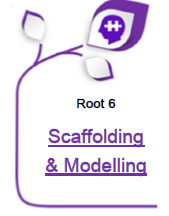
Barak Rosenshine discusses the need to provide scaffold for difficult tasks in his ‘Principles of Instruction’. He also discusses the recommendation for teachers to provide ‘good models’, for example, through worked examples. A worked example is a ‘step-by-step demonstration of how to perform a task or solve a problem (Rosenshine, 2012). These models and scaffolds can work together to create a ‘cognitive apprenticeship’ that allows students to become more and more independent but only when they have been directed through the content by a master or expert.
Suggested further reading:
- Principles of Instruction; Research-based Strategies that All Teachers Should Know (Rosenshine, 2012)
- Cognitive Science Approaches in the Classroom: A Review of the Evidence (EEF, 2021)
- Weekly Digest #89: Cognitive Load (Various, 2021)
- Applying Cognitive Load Theory Part I: Overview and the Worked Example Effect (Needham, 2018) Cognitive Load Theory and its application in the classroom (Shibli & West, 2018)
- Five Ways to: Scaffold Classroom Dialogue (Sherrington, 2021)
- 8 Scaffolding Strategies (Dynamic Deputies Podcast, 2022)
- Why I Love…Live Modelling For Across the Curriculum (Unknown, 2017)
- Beyond Dependency Learning: scaffolding, crutches and stabilisers. (Sherrington, 2015)

